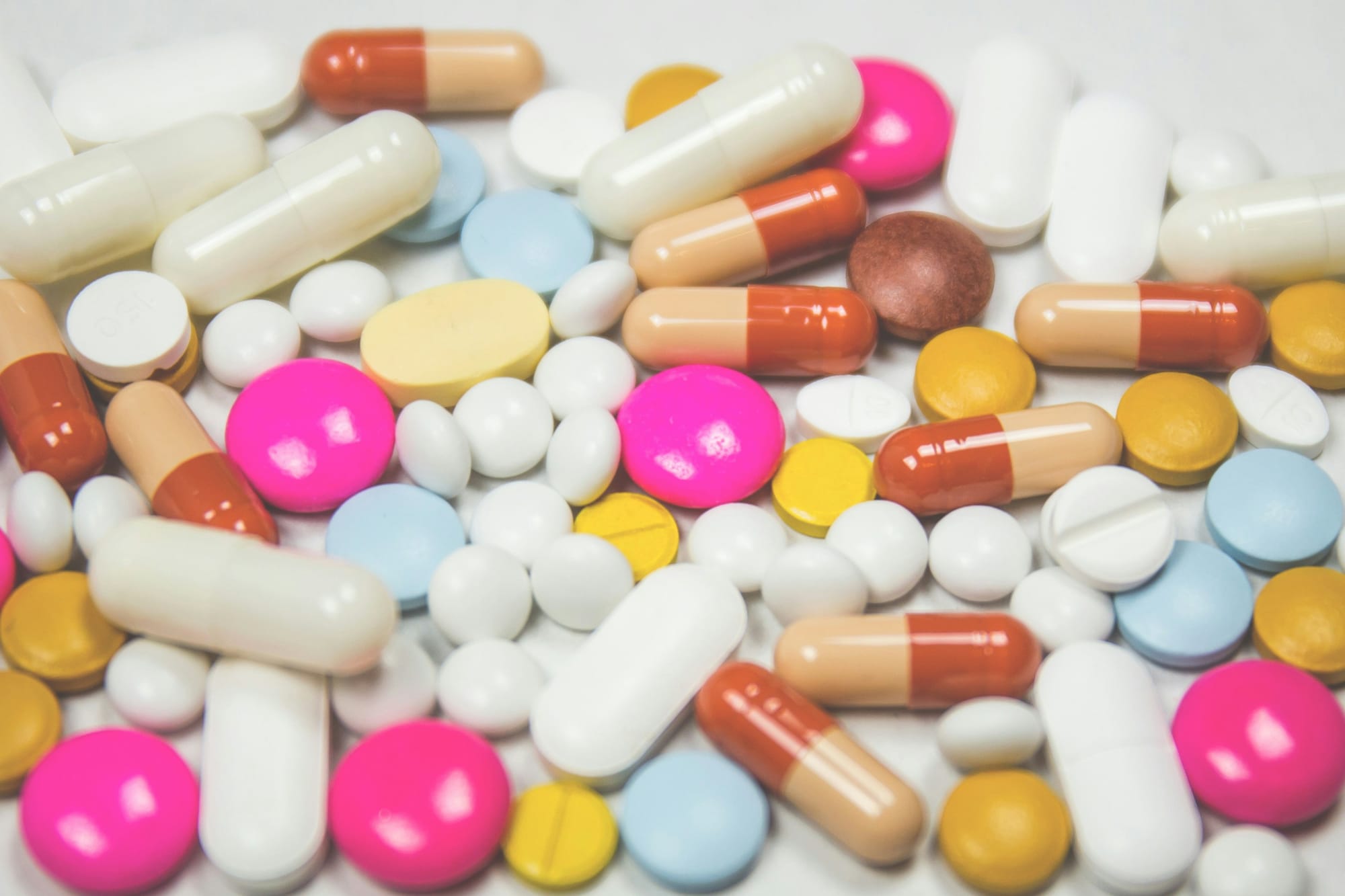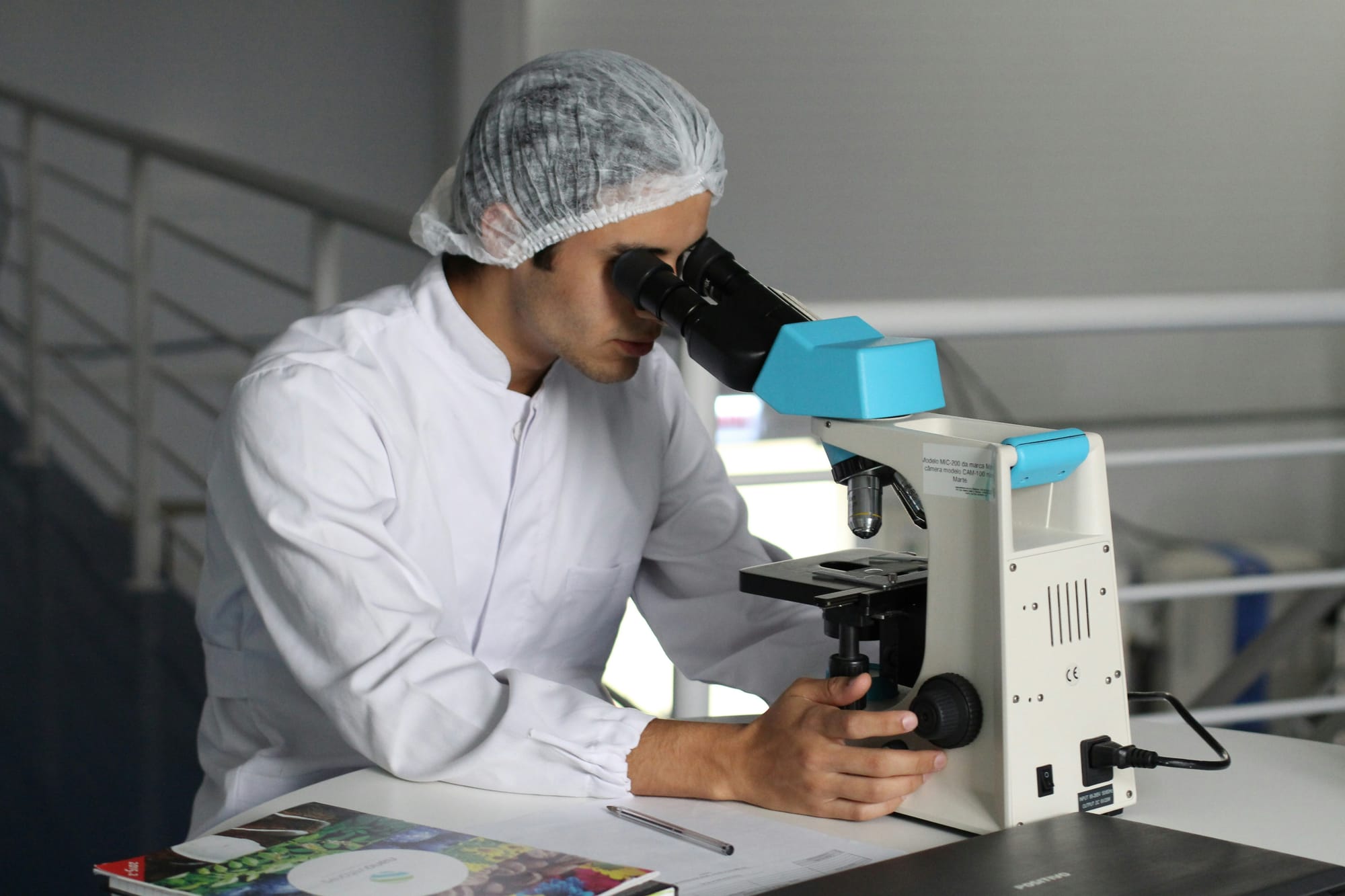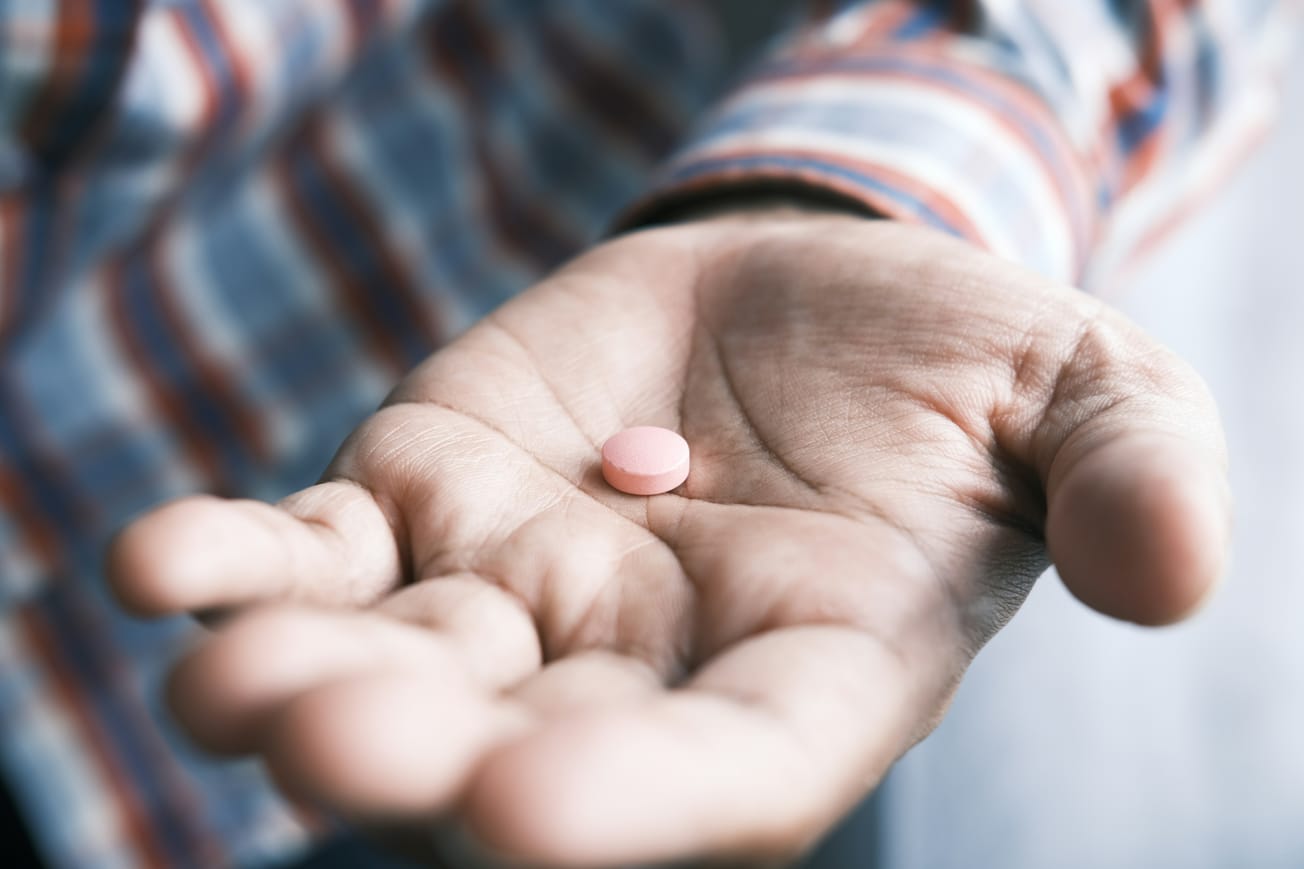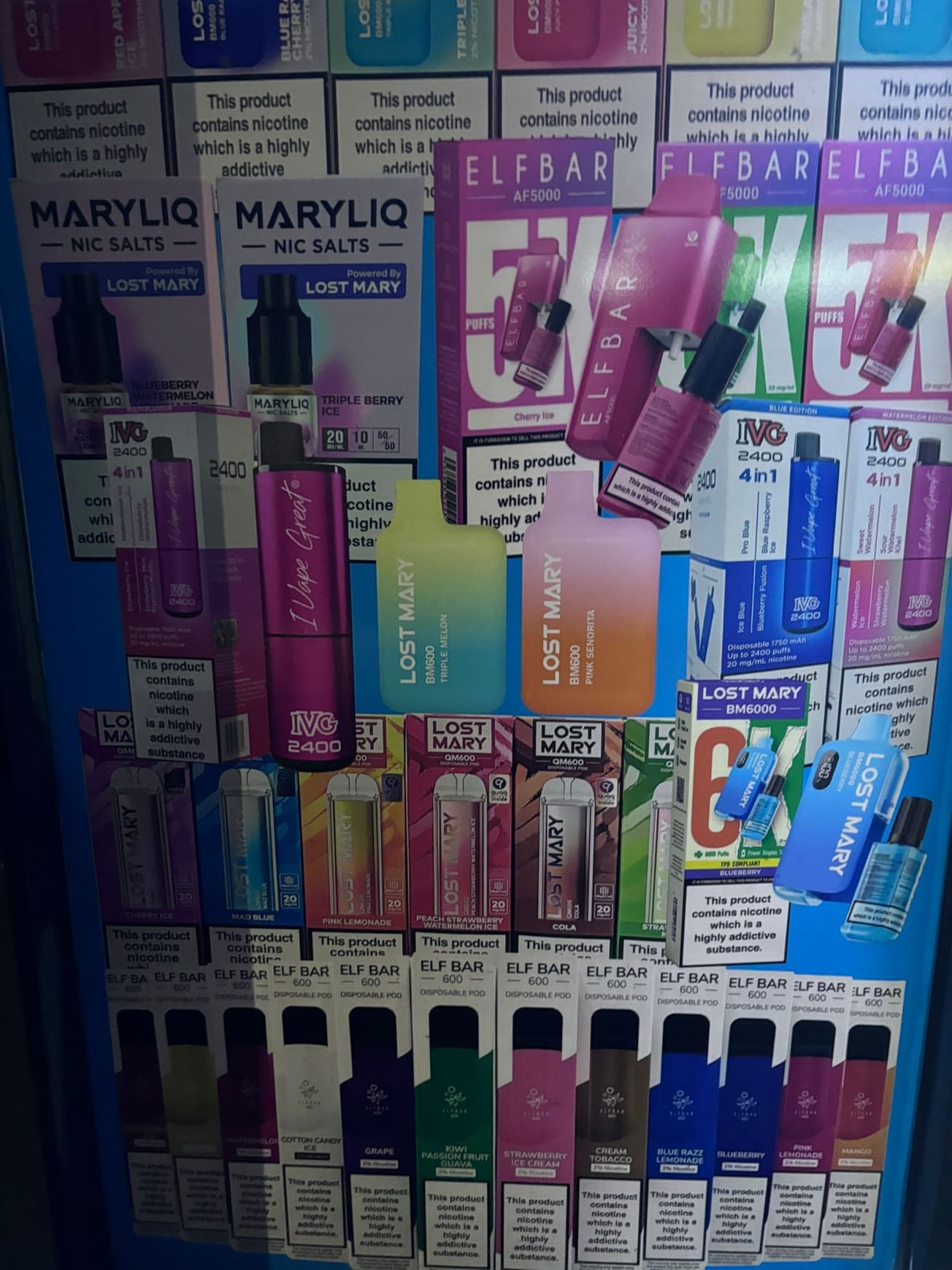By Corin Hadley, SciTech Editor
Addiction, be it to food, nicotine or drugs, puts a significant stress on our health infrastructure. In fact, the NHS reckons it could save £2.5 billion a year just by stopping people smoking, and another £6.5 billion a year preventing obesity. Imagine then, the impact a drug that treated addictions, rather than caused them, could have on public health.
Well, new research seems to suggest that a class of chemicals, known as DLP-1 receptor agonists (DLP-1RAs), might have the potential to do just that.
When we do things that our brain views as beneficial, dopamine (the go-get-it neurotransmitter) is released. When this happens, the neural pathways that led to that release of dopamine will be reinforced, quite literally. The neurons responsible get thicker and more capable, making the behaviour feel easier and more natural. As hunter-gathering early humans, this ‘reward circuit’ kept us incentivised in our pursuit of natural rewards like sex, bonding, and food.
But in the modern world, where huge releases of dopamine are triggered by addictive drugs, porn, or artificially sweet and plentiful food, this reinforcement can lead to addiction.

The DLP-1 receptor agonists were designed to mimic a hormone (DLP-1) that’s released when we eat. In the brain, this hormone communicates fullness and, particularly important for the treatment of diabetes, promotes the release of insulin.
Since these drugs became available for diabetics, research has emerged that seems to show that the feelings of fullness these drugs create may translate to other kinds of, more figurative, hunger.
A study in Scientific Reports (2023) presented data that showed that patients prescribed DLP-1 RAs had spontaneously reduced their alcohol intake, and another in Molecular Psychiatry (2024) suggested the drugs might be reducing the incidence and relapse of cannabis use disorder, a psychological dependence on cannabis, among patients.
Not uncommonly, much of this early research has not been of the highest quality. Doing gold-standard double-blind randomised trials is difficult, expensive, and sometimes fundamentally impossible. They require access to huge pools of participants who must fit all the criteria and be willing and affordable. Often, as in the case of drugs that would wreak havoc on the tobacco industry, it is in the interest of powerful organisations to not fund research.
One more thorough study in Annals of Internal Medicine (2024) emulated an ideal trial using a huge database of existing medical records. The group made inferences from the notes on 222,942 smoking diabetics’ medical records to compare the rate they quit smoking after starting their different medications. Amongst the almost 6000 patients taking Ozempic (a particularly potent GLP-1RA), the rate of quitting was almost 20 per cent higher when compared to other diabetes medication (including other GLP-1RAs).
That said, even this investigation was far from perfect. The determination of whether patients were still smoking proved difficult, relying on signs that they probably were (prescription of smoking related treatments, recommendation for quit smoking groups etc). It was also impossible to rule out some hidden correlation between the kinds of people who got prescribed Ozempic and people who are more likely to quit smoking, as who was and wasn’t prescribed Ozempic was a decision made by doctors, rather than at random.

While exciting, research on these drugs’ possible effects on addiction is far from conclusive, and the GLP-1RA class is very much in its infancy. Why then is it that there has been so much reporting and hype?
Well, this is far from an isolated case. Novelty bias is a constant issue in the science world, academic and popular. Novelty bias describes people’s tendency to give far more attention to new information and, in our case, new treatments. Scientific and medical advancements do not improve continuously. History is littered with theories, research, methods, and drugs that turned out to be trash.
In popular media there are other reasons that new and incomplete research is over-reported. The whole truth is often far more boring and nuanced than speculation, and requires a whole lot more reading. Ignorance and incomplete evidence give you freedom as a writer. When you’re trying to write something that will get clicks and entertain an audience, the more scope you have to exaggerate and overstate, the better.
That said, it is important that new research is reported. Keeping people excited by and invested in research does no end of good for the scientific world.
The issue is that new research is often reported without all the caveats and uncertainty that are almost always attached. There is always at least one fundamental limit on new knowledge, that being that the full impacts of new discoveries are normally not seen until a long time afterwards.
Still, I like to believe that such excitement around science does more good than the bad it sometimes causes. Perhaps it’s a reflection of our hope, and our belief that something great is just around the corner.
For the DLP-1 RAs, it seems like the hype might not be completely unfounded. Time will tell, but the sheer quantity of, albeit imperfect, studies whispers of a class of drugs that could do a lot more than what they were developed for. In a world plagued by over consumption, perhaps these drugs will become just what the doctor ordered.
Featured image: Towfiqu barbhuiya/ Upslash









